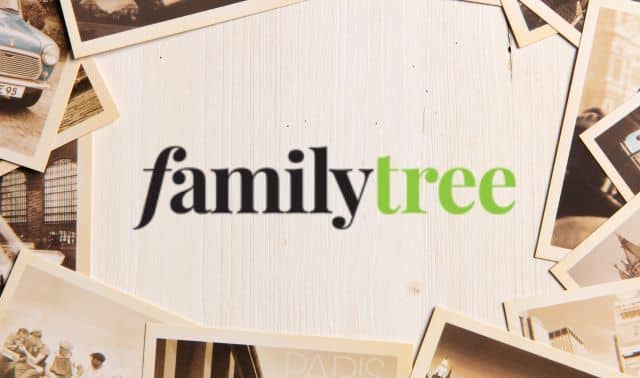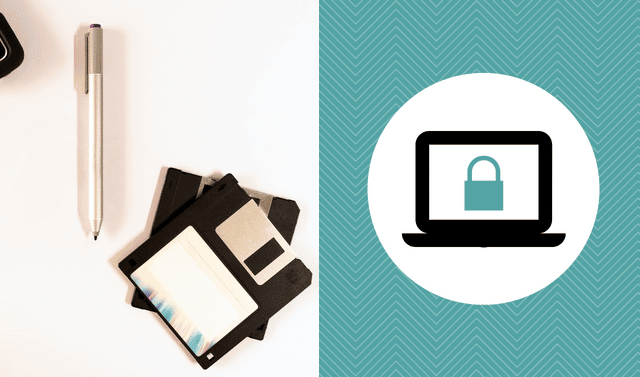Sign up for the Family Tree Newsletter Plus, you’ll receive our 10 Essential Genealogy Research Forms PDF as a special thank you!
Get Your Free Genealogy Forms
"*" indicates required fields

Genealogists are always focused on finding their ancestors, but what about preserving our own family history? Many of us mean to get to that—someday. It’s important that we try to be the ancestors we’d like to find ourselves, but finding the time and resources to do that can be a challenge. Evernote is a great tool to make this process faster and easier because we can incorporate it into our everyday lives. That way, the records make themselves. Here are four ways you can use Evernote to preserve your own family history:
1. Holiday planning
It’s that time of year, and many of us are already scrambling to buy gifts, plan meals, and make travel arrangements. Tracking all of that in Evernote makes life so much easier because you’ll have all of the information you need, whenever and wherever you need it. That means if you’re standing at a store and find something that might make a great gift, you can easily pull up your Gift List note and see how much you’ve spent on that person or whether you’ve already bought her something similar a few years ago.
Tracking meal planning is particularly helpful, because you can ensure you don’t make too much or too little of each thing. How many pounds of mashed potatoes did you need to feed 16 people last year? Did people really like that maple-glazed carrot dish? Your notes can answer these questions. Even better, you’re saving exactly the kind of small details that most of us would love to have about our own ancestors. Who wouldn’t want to know exactly what was served at the family Thanksgiving feast in 1887?
2. Kids’ stuff
If you have young kids (or grandkids), you know how the stuff piles up. They’re constantly drawing you charming pictures and making you adorable cards, and you feel bad throwing them out. You can’t store it all, but Evernote can. Use your camera or smartphone to take a photo, and then store the photo in Evernote. You’ll have an easy-to-maintain archive that is dust-free, and your closets will have plenty of room for clothes. You can even use Evernote’s Presentation Mode to make a slideshow of the kids’ work (learn more here).
3. Garden planning
Our first house was built in the early 1920s, and we often had people visit who had lived there at various points in time. We once found one woman lurking in the front yard and dabbing her eyes, and we asked if she was okay. She said that her late mother had planted the peonies in the yard, and that she was amazed to find that they were still there. Gardens can be part of our family history, and sometimes they even outlive us. As a practical matter, gardening also often involves lots of trial and error, so tracking what worked and what didn’t can be very useful. Keep this information in Evernote, and you’ll have it at your fingertips.
4. Family recipes
Most of us have inherited index cards or scribbled notes with treasured family recipes. Those recipes cards are often in constant peril, dodging the liquids and mess of our kitchens and subject to being lost in the shuffle of getting food on the table. Storing those recipes in Evernote allows us to keep them safe. It also means we can add photos of the ancestor they belonged too, plus stories that might relate. Was this recipe served at every family reunion? Where did Grandma learn to make that fudge? Recording those details are as important as keeping the recipe itself.
ADVERTISEMENT




